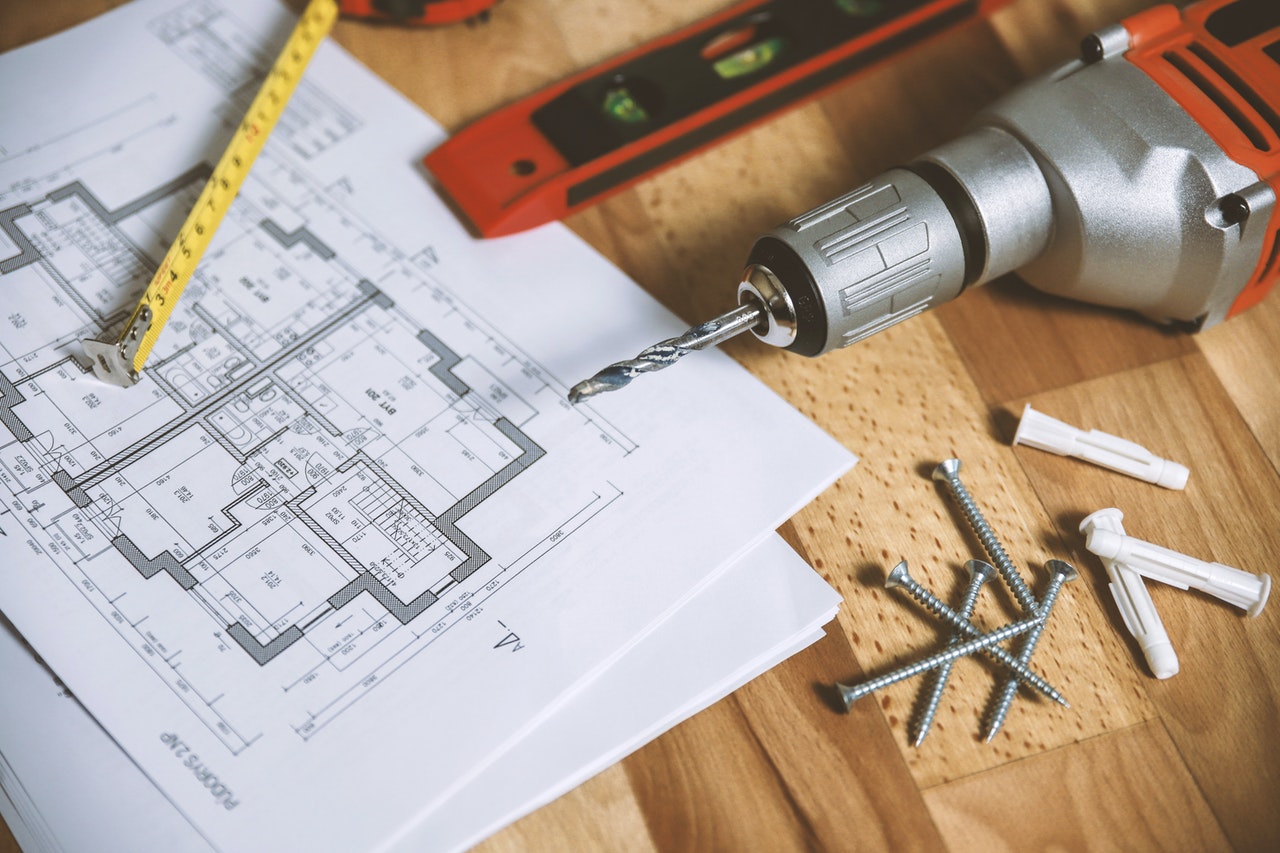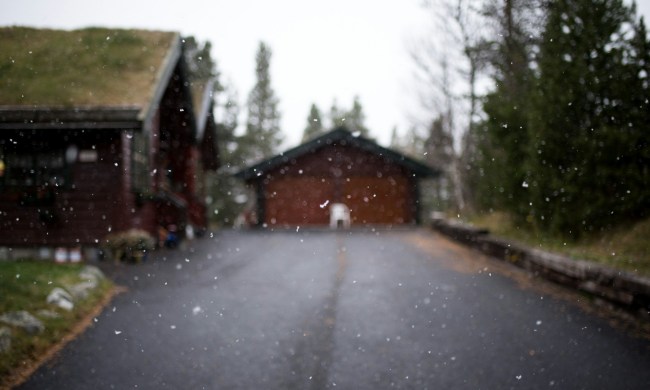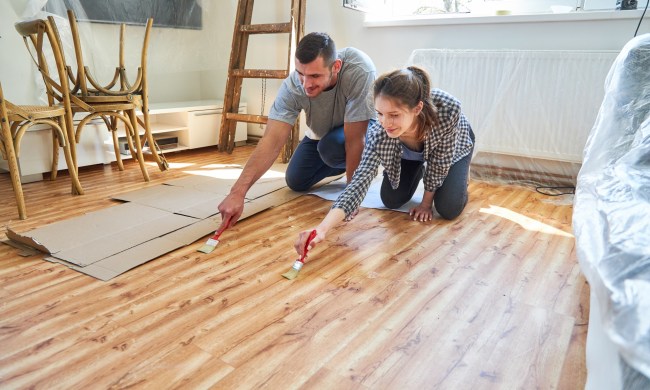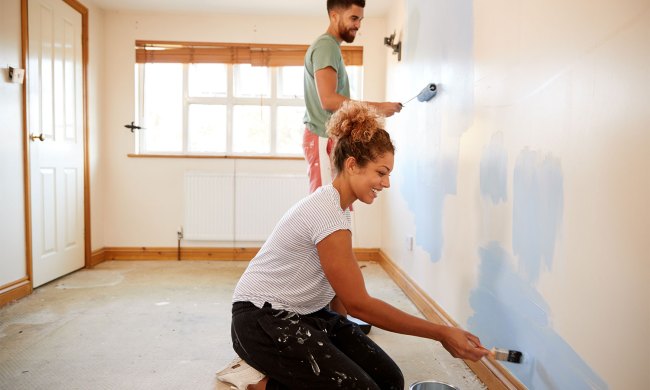You’ve likely come across one or two projects that require the use of a stud finder. Whether you’re hanging heavy artwork or anchoring furniture to the wall, knowing exactly where your studs are located is necessary. But what should you do if you don’t have a stud finder?
Here are a few methods on how to find studs in walls without a stud finder.
What is a wall stud?

The interior structure of your walls is made up of wooden frames. The vertical boards of these frames are called drywall studs. Wall studs are typically 2-by-4 pieces of wood positioned roughly 14 1/2 inches between each stud or 16 inches apart from the center of each board. These vertical frame pieces are used to mount drywall and provide more structure to your walls.
When should you hang something from a wall stud instead of drywall?

Not everything needs to be hung on a wall stud. In fact, you can hang most paintings, picture frames, mirrors, and other wall decor with a nail or screw in the drywall. Some more fragile or heavy items can be hung with drywall anchors and screws.
However, for shelves holding heavier items, oversized wall mirrors, TV mounts, and other bulky pieces, anchoring your screw into a wall stud can provide more stability. This can also help prevent drywall damage in case your heavy item falls or weighs down the drywall material.
Methods on how to find a stud in the wall

If you don’t have a stud finder, there are a couple of methods you can use to find the studs in your walls.
Tap the wall
The tapping method is a simple DIY hack for finding wall studs. Lightly tap your wall with your finger or knuckles where you want to hang your item. If the sound is hollow, move further left or right until the sound is solid. Once you’ve identified a stud, measure 16 inches away and knock on the wall to verify the presence of the next stud.
Use an outlet for better spatial judgment
Most light switches and electrical outlets are mounted to the side of a stud. While there are some instances where this isn’t the case, it’s less common. Tap on the left and right of the outlet to determine which side of the stud the box is on. Then, use the tapping method above to map out the other studs.
Try using a magnet to find fasteners
You can also use a magnet to find drywall fasteners. Drywall is attached to studs via drywall screws and fasteners. Since they’re metal, strong magnets can still detect them despite the fasteners being covered with drywall mud. When your magnet catches a fastener, this marks the middle of the stud. Move 16 inches left or right to verify the presence of another stud with the same magnet technique.
Use a flashlight and find dimples in the wall
Little dimples can appear on the wall where the drywall mud settled into the fasteners. When the lights in a room are off, a flashlight can find these dimples, indicating the presence of a stud.
Measure from the corner of the room
Most rooms have wall studs in the corner. Knowing this, you can measure 16 inches from the corner to identify additional studs. However, every home is different, so you may want to pair this method with another one we’ve already covered.
Try using a stud-finder app
Some apps today have stud finder technology, making it easier to find wall studs without rushing to buy a stud finder from the store. Again, you may want to verify the presence of a stud with a method from above, but this can be an easy option.
While it can be useful to purchase a stud finder from the store, particularly if you plan to do fuller renovations or want to continue updating your space in the future, sometimes finding a stud is a once-in-awhile kind of incident. These DIY methods are easy and affordable options if you don’t plan to use a stud finder often.




